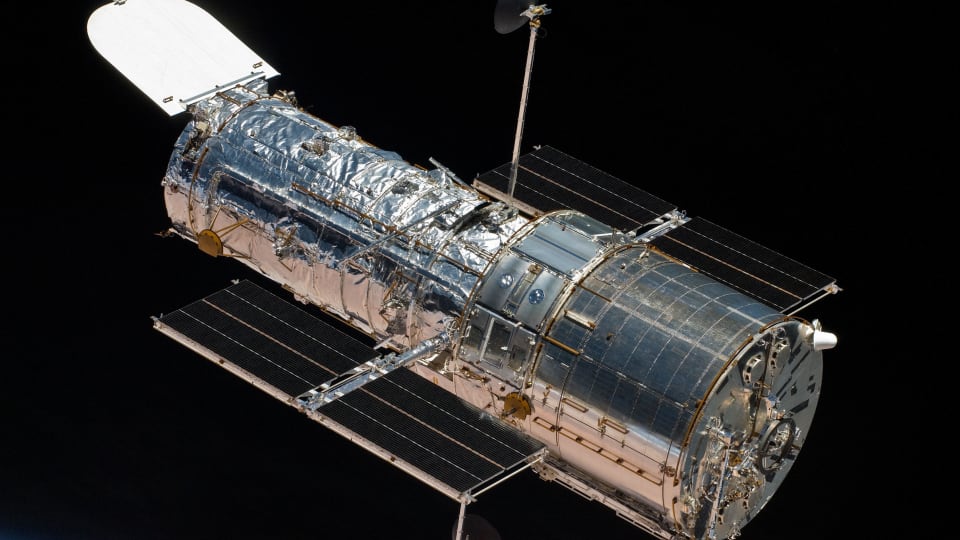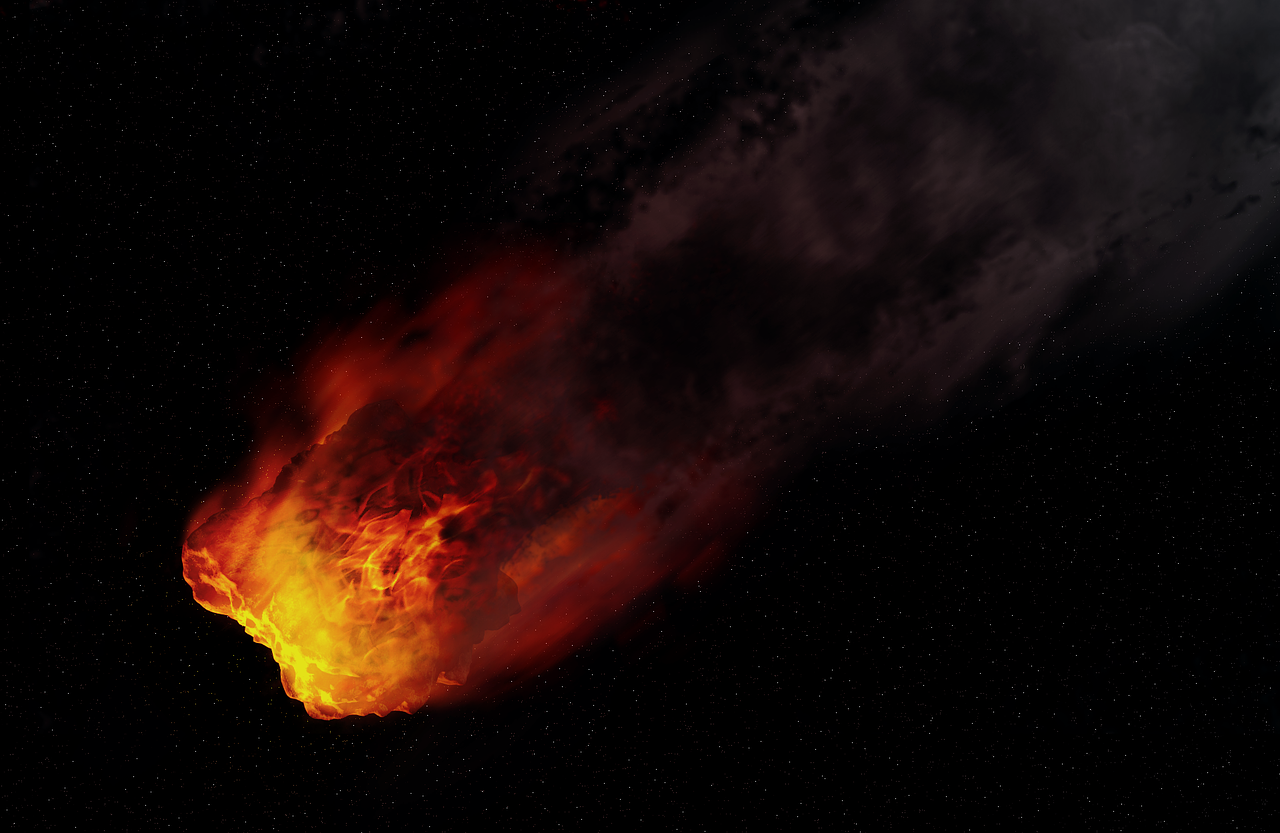The Hubble Space Telescope of the National Aeronautics and Space Administration (NASA) and the European Space Agency (ESA) has resulted in the creation of a new image of NGC 2022, a planetary nebula located more than 5000 light-years away from the Earth, in the constellation Orion.
The photo, which consists of several images taken in visible and infrared light, shows this nebula, consisting of an expanding gas shell ejected by a star at the end of its life.
Its detection is not new, since it was observed for the first time in December 1785 by the German-British astronomer William Herschel.
Landmarks
- Orion is one of the oldest constellations observed by humans; many civilizations have detected it.
- It has several bright stars easily visible from the northern hemisphere.
- Astronomy enthusiasts can spot the NGC 2022 Nebula using a medium-sized telescope. It is in the form of a spot of greyish light. If it is not very bright, it is still easy to spot in the eyepiece.
A planetary nebula
NGC 2022 is a so-called planetary nebula. This name describes its rounded appearance, similar to that of a planet, as astronomers could see it using the first telescopes.
But this type of celestial object has nothing to do with the planets. It is rather a stellar phenomenon.
When stars like the Sun reach old age, they expand and become glowing. These stars – red giants – then begin to lose their outer layers of matter in space.
Our Sun is a star about 4.57 billion years old. It should begin its transformation into a red giant when it reaches 10.5 billion years.
About half of the total mass of the red giant at the origin of NGC 2022 is found in the space forming a gas envelope around it. It is the shrinking nucleus of the star, becoming warmer, that emits an ultraviolet light that shines the expelled gases.
The Universe according to Hubble
Hubble was launched on April 24, 1990 during a shuttle mission Discovery. The size of a small truck, it was placed in orbit 559 km from the Earth using the Canadian arm.
This telescope has become a staple in astronomy : it has collected more than 1.5 million images of more than 46,000 objects from the cosmos, to advance our astronomical knowledge like no other instrument has done so far. .
His extended mission is to end in 2021. His successor, the James Webb infrared space telescope – 100 times more powerful – is due to be launched in March 2021, after several postponements.
The future begins in 2021
James Webb is currently in the development phase.
With an estimated cost of $13 billion, it is NASA’s most expensive project since the International Space Station.
It is designed in collaboration with Canada and Europe and will not only trace the origin of the first stars and the evolution of galaxies, but also to study the formation of current stars and seek traces of life.















Leave a Reply